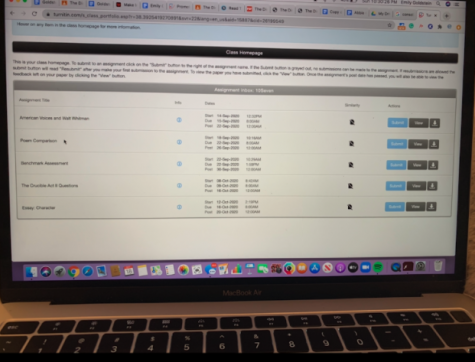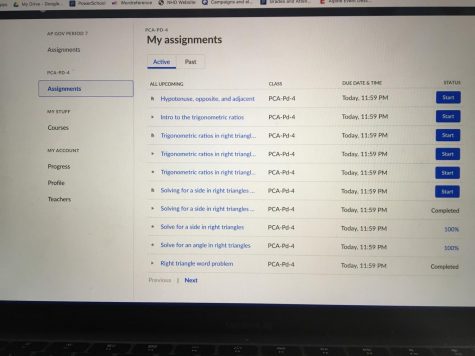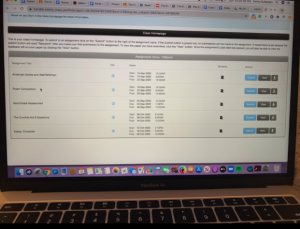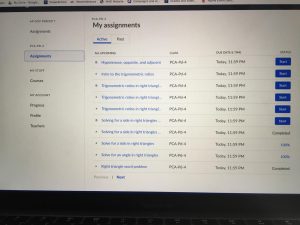Important lesson on implicit bias falls short of intended impact

In the video presented during connections, implicit bias was explained through condiments. For example, when someone says peanut butter, an instinctive association is jelly.
It’s 9:15 in the morning and a group of students trudge into a classroom and take their seats. They chat for a few minutes as the desks start to fill until their teacher announces the assigned topic and lesson for that day’s Connections class.
The lesson hadn’t even started, and people were already disinterested.
The most recent topic that generated so little enthusiasm was implicit bias, which is an important issue to learn and understand but fails to be effectively addressed when presented to a classroom full of students who aren’t engaged.
Implicit bias is the instinctive association that the human brain makes towards certain people or groups.
The content taught on Friday, April 30 was presented on a smartboard. Then the teacher literally read the lesson off of a document which demonstrated to the class that the teacher had little preparation or expertise on the topic. Finally, the class was told to passively watch a video on the topic.
During this particular period, one of the discussion prompt questions was to talk about a quote. The quote explained how a person isn’t responsible for their initial thought, however they are responsible for their second thought and their first action as well.
In my experience, my discussion partner and I deciphered the quote and related it to implicit bias pretty quickly, and then the classroom fell silent. Very few people shared with the class, and then we moved on from the brief discussion point. If we had more prompts to answer and a wider range of questions, perhaps more people would have participated.
Discussion can help deepen the understanding of a topic through communicating with peers, and it plays a key role in students being able to make sense of a subject matter. But the discussion is only effective if we are asked thought-provoking questions and provided enough time to actually engage with each other.
Discussion is only effective if we are asked thought-provoking questions and provided enough time to actually engage with each other.
— Isabella Rivel '24
As Connections is only 20 minutes long, and the first few minutes are habitually spent taking attendance and waiting for all of the students to settle into the classroom. This leaves under 15 minutes for us to learn the gist of what implicit bias is, and we are left with an incomplete comprehension of the subject.
It is great that students are presented with relevant, controversial and complex topics in Connections outside of their traditional classes, but to ensure that the topic will register, it is important these lessons are designated more time.



























































